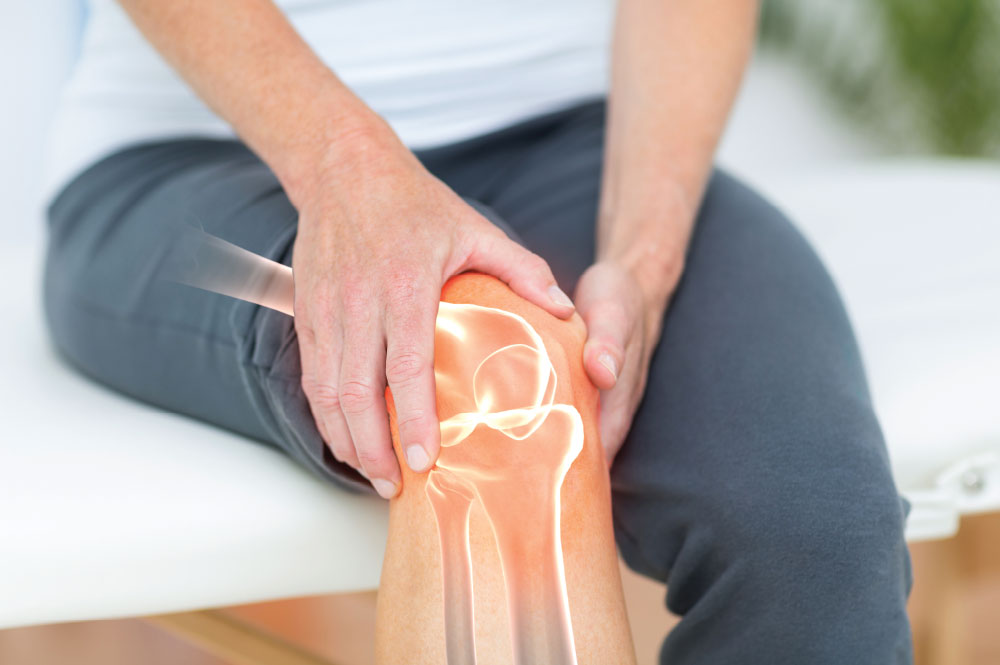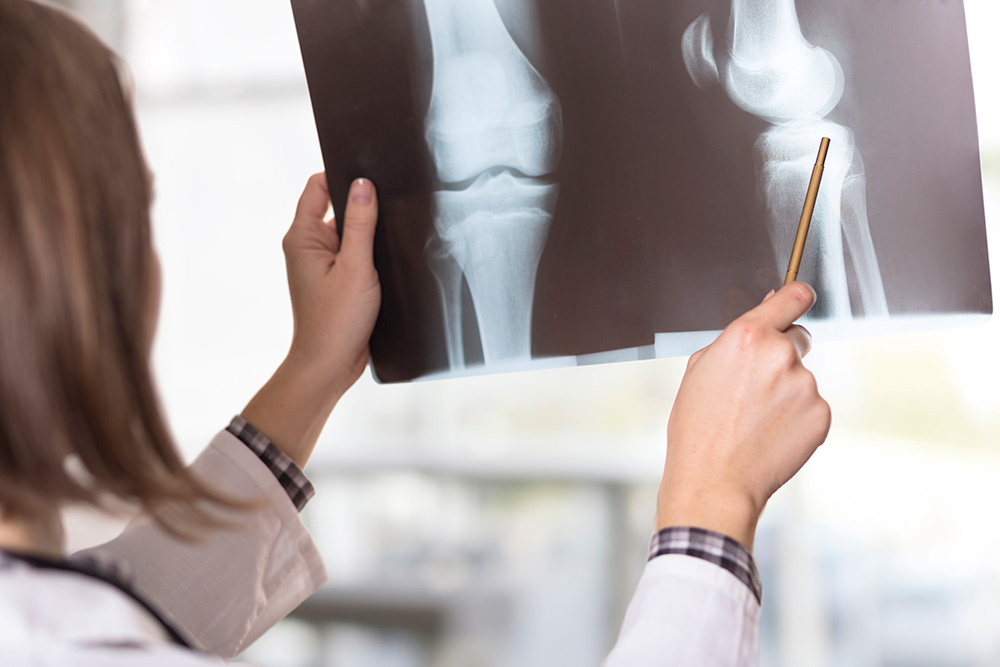Painful Joints
Arthrosis (worn down painful joints), can occur at any age, but is most common in the second half of life. Development of arthrosis is multifactorial. Factors such as injury, overweight, aging and infection all play a part. The symptoms of pain are a result of the decreased thickness of the cartillage in the joints. Cartillage is the «rubber-like» shock absorbing pad that lies between the bones. Over time the cartillage can be completely eroded away, so that the bony ends of the joints grate directly upon each other. This causes pain, stiffness and swelling. The symptoms from the varying stages of arthrosis, can vary from mild pain to complete invalidity. A joint like this will have some inflammation too.
Regenerative treatment with iPRF and ADSC
iPRF treatment of joints is most effective for those patients with mild to moderate arthrosis, and hence early diagnosis and treatment of such cases is a big advantage. This early diagnosis and treatment will both limit and delay the development of more serious arthrosis. Treatment of arthrosis has many aspects; pain medication, weight reduction, physiotherapy and for extreme cases joint replacemennt with a prosthetic joint. Cortisone injections have been used, and give some temporary relief of painful symptoms and decrease inflammation, but, they have no regenerative effect on the joint. On the contrary, repeated cortisone injections result in further breakdown of the already damaged cartillage. Hyaluronic acid has also been a common treatment for arthrosis giving some temporary relief, but has no regenerative effect on the joint. Several controlled scientific studies have demonstrated that iPRF treatment results in a significant improvement (50-90%) in pain. iPRF has a regenerative effect on the joint.
The latest and most effective stem cell based treatment of the more advanced arthrosis cases is «ADSC» ie Adipose Derived Stem Cells. Highly concentrated stem cells are harvested from the patients superficial abdominal fat. A SINGLE treatment with the potent ADSC results in a very significant improvement in pain and function

Regenerative iPRF behandling

Behandlingen PRP (Platelet Rich Plasma) ble utviklet for ca 10 år siden. Fordelen er at det er betennelsesdempende, men også at den stimulerer cellene til å reparere ødelagt vev og å danne nytt vev (regenerativ). Denne teknikken har blitt videreutviklet, og nå bruker vi iPRF i behandling av ødelagte ledd (Les mer om iPRF her), som med sin høyeste konsentrasjon av stamceller og regenerative vekstfaktorer, og dermed mer langvarig effekt.
Normalt vil det være behov for 4-6 behandlinger med ca 2 ukers mellomrom. Etter hver behandling kan du leve som normalt. Du kan føle litt lett ømhet noen timer etter behandlingen.
Vi tilbyr foreløpig iPRF-behandling mot følgende plager:
Artrose: Skulder, kne, hofte og ankel. Mindre ledd på forespørsel.
Sener: Smerter og betennelse i akilles, skulder (slimpose), tennis albue, jumpers knee, m.m.
ADSC for arthrosis in painful joints

When weight bearing joints are affected by arthrosis and degeneration it significantly affects life quality on an day to day basis. ADSC has been shown to both reduce pain and REGENERATE damaged joints. New fresh joint tissue is formed by the stem cells from the patients’ own abdominal fat. The «liposuction» harvesting of the abdominal fat is a simple procedure performed under light sedation. The stem cells in the abdominal fat from this region have been shown to have the desired regenerative potential. Scientific studies have documented the effectiveness of this simple procedure for the treatment of joint arthrosis.
Please see our bibliography for healthcare personel under Concept. A single treatment with ADSC results in a very significant reduction in joint pain. Regenerative is happy to be able to offer this effective, innovative treatment to our patients. Take a look at our blogg on ADSC to learn a little bit more about the procedure.
Diagnosis
Diagnosis is made with a clinical examination of the patient and in conjunction with an X-Ray or MRI picture. We recommend that the x Ray / MRI picture is taken prior to the examination. If the patient does not already have the relevant X rays / MRI scans available, we can help arrange a referral to the appropriate hospital or private XRay institute.







